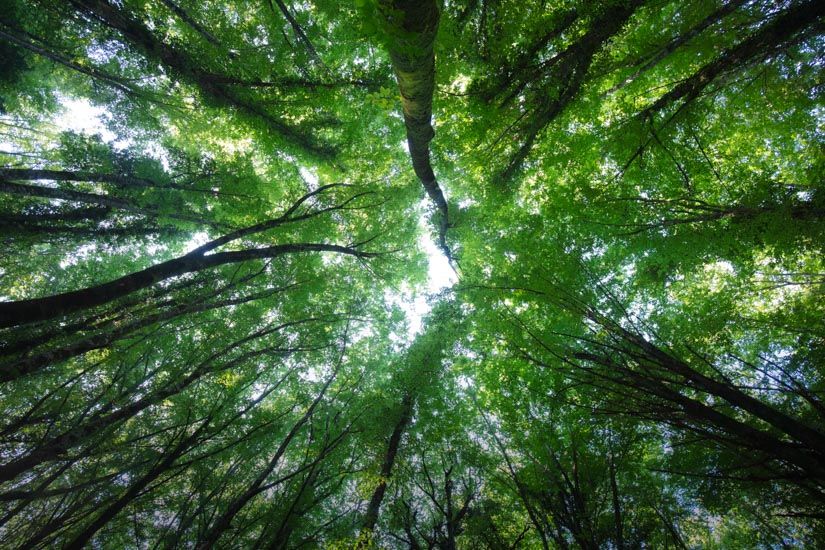Climbing ‘Europe’s Oldest Trees’ to Understand the Law Linking Growth and Longevity
The need to explore the mysteries surrounding the longevity of trees has inspired an international study that brought together various European research groups coordinated by Roel Brienen from the School of Geography at the University of Leeds (UK), with the sponsorship of National Geographic, aimed at discovering the secrets of ancient tree ages.
It is a mysterious and fascinating field to which Italian researchers from the Dendroecology Laboratory at the University of Tuscia have contributed with data collected over many years of field research, gathered in some of Italy’s most pristine ancient forests.
The project’s goal is to describe the structure of ancient trees, with a particular focus on beech as a long-lived and highly plastic species, in order to understand the growth strategies that allow them to reach exceptional ages and sizes in such profoundly different environments. Beech forests take shape in mountain climates like the Austrian Alps and the Apennines, showing different growth dynamics: from ancient beech forests in the Casentino Forests, the Abruzzo National Park, and Pollino, where they reach 500-600 years with relatively modest-sized individuals (20-25 meters in height), to their distribution limit in warm-arid Mediterranean environments, like the lowland beech forests at Lake Bracciano (Oriolo Romano) and Gargano, where they can reach heights of 40-50 meters.
To better investigate the law that links growth and longevity, researchers climb ‘Europe’s oldest trees’ using tree-climbing techniques combined with dendrometric and dendroecological scientific approaches, collecting data and biological samples to create a comprehensive map of each individual tree, thereby reconstructing the three-dimensional tree structure.
The data collected from this project will help us better understand the relationship between growth rate and longevity in the ancient beech forests, as well as their conservation status in relation to climate change.
For more information, please refer to the articles published on the National Geographic website:
